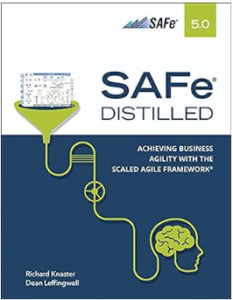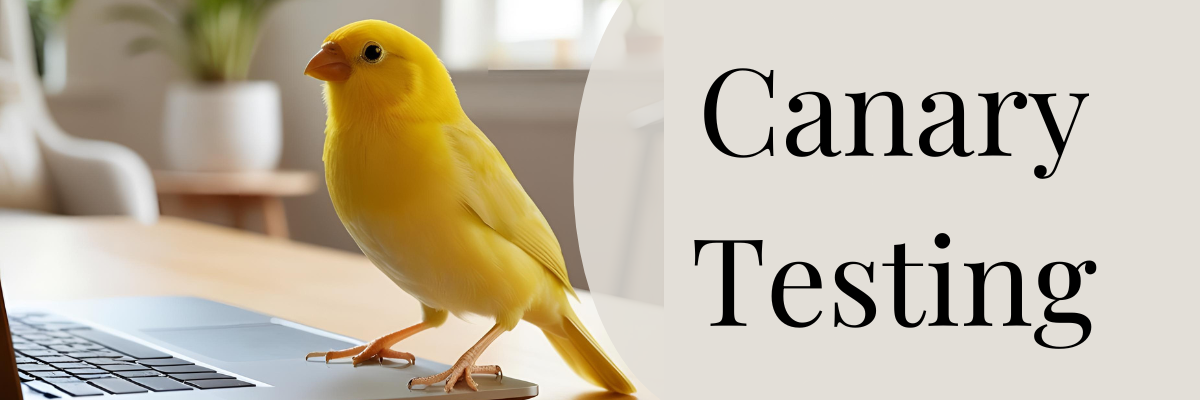In the ever-evolving landscape of software development, organizations are constantly seeking methodologies that enable them to be more responsive, adaptive, and efficient. The Scaled Agile Framework (SAFe) is one such framework that has gained immense popularity for its ability to scale Agile principles to large enterprises. At the heart of SAFe are its ceremonies, which provide a structured approach to collaboration, planning, and execution. In this comprehensive guide, we’ll delve into seven key SAFe ceremonies: PI Planning, Inspect and Adapt, Scrum of Scrums, System Demos, Coach Sync, Product Owner (PO) Sync, and ART (Agile Release Train) Sync.
See our book recommendation below for deeper insights into the SAFe Framework.
PI Planning (Program Increment Planning)
Program Increment (PI) Planning is the heartbeat of the SAFe framework, serving as the foundation for coordinating and aligning the efforts of multiple Agile Release Trains (ARTs) towards common business objectives. This ceremony typically occurs at the beginning of each Program Increment, which is a fixed timebox lasting around 8-12 weeks.
Key Elements of PI Planning
- Vision and Business Objectives:
- Define the vision and business objectives for the upcoming PI.
- Ensure alignment with the overall organizational strategy.
- Backlog Refinement:
- Prioritize features and stories in the Program Backlog.
- Collaboratively estimate effort and dependencies.
- Team Breakouts:
- ARTs break into smaller teams for detailed planning.
- Identify risks, dependencies, and discuss technical details.
- HINT: we use Mural with an integration into Jira to port all our relevant Epics. Want to learn more? Reach out to us!
- Inspect and Adapt:
- Adapt plans based on feedback and insights gained during the planning.
- Foster continuous improvement throughout the PI.

Inspect and Adapt (I&A)
Inspect and Adapt is a crucial ceremony that occurs at the end of each Program Increment. It provides a platform for the teams to reflect on their performance, identify areas for improvement, and incorporate feedback into future iterations. Think of this in the same vein as retrospectives which you can read more about here.
Key Aspects of Inspect and Adapt
- System Demo:
- Quantitative Measurement:
- Use metrics to assess the performance of the ART.
- Identify bottlenecks, delays, and other areas of concern.
- Retrospective:
- Conduct a retrospective to reflect on the PI.
- Celebrate achievements and discuss opportunities for improvement.
- Problem-Solving Workshops:
- Address significant challenges or impediments.
- Collaboratively devise solutions to overcome obstacles.
Scrum of Scrums
As organizations scale, collaboration and communication become paramount. The Scrum of Scrums ceremony is a mechanism for enhancing coordination and managing dependencies across multiple Agile Release Trains.
Key Components of Scrum of Scrums
- Scrum Masters’ Collaboration:
- Scrum Masters from different teams collaborate to discuss challenges.
- Share insights, best practices, and solutions to common problems.
- Dependency Management:
- Identify and manage cross-team dependencies.
- Ensure that dependencies are well-understood and mitigated.
- Risk Identification:
- Discuss potential risks and impediments that may impact multiple teams.
- Collaborate on strategies to minimize or eliminate these risks.
- Information Radiators:
- Use visual tools to make information transparent across teams.
- Foster a culture of openness and shared responsibility.
System Demos
System Demos are a vital part of the Inspect and Adapt ceremony, providing an opportunity for teams to showcase their work to stakeholders. This ceremony promotes transparency and alignment with business objectives.
Components of System Demos:
- Integrated Solution Showcase:
- Present the integrated and tested solution developed during the PI.
- Demonstrate how individual features contribute to the overarching goals.
- Stakeholder Feedback:
- Gather feedback from stakeholders, including product owners and end-users.
- Use feedback to inform future iterations and improvements.
- Continuous Integration and Testing:
- Highlight the successful integration of features across teams.
- Showcase the effectiveness of continuous integration and testing practices.
- Celebrating Achievements:
- Recognize the hard work and accomplishments of the teams.
- Reinforce a positive and collaborative team culture.
Coach Sync
Coach Sync is a ceremony that helps coordinate the dependencies of the ARTs and provides visibility into progress and impediments. It facilitates collaboration among Agile coaches within the organization.
Key Aspects of Coach Sync:
- Knowledge Sharing:
- Share best practices, success stories, and lessons learned.
- Discuss innovative approaches to coaching and mentoring teams.
- Problem-Solving:
- Collaboratively address challenges faced by Agile teams.
- Provide guidance on overcoming obstacles and fostering continuous improvement.
- Alignment of Coaching Strategies:
- Ensure that coaching strategies align with organizational goals.
- Foster a unified coaching approach to enhance consistency.
- Professional Development:
- Discuss opportunities for coach development and training.
- Stay updated on industry trends and emerging Agile practices.
Product Owner (PO) Sync
Product Owner Sync provides visibility into how well the ART is progressing toward meeting the ART PI objectives. It discusses problems or opportunities with feature development and assesses any scope adjustments.
Key Components of PO Sync:
- Backlog Refinement:
- Collaboratively prioritize and refine the Product Backlog.
- Discuss changes in business priorities and customer feedback.
- Cross-Team Coordination:
- Identify dependencies and facilitate communication among Product Owners.
- Ensure that the development teams have a clear understanding of product priorities.
- Roadmap Alignment:
- Align product roadmaps with overall business goals.
- Discuss long-term strategic initiatives and their impact on development.
- Feedback Loop:
- Gather feedback from development teams on the clarity of user stories.
- Iterate on the backlog based on insights from development teams.
Agile Release Train (ART) Sync:
ART Sync combines the Coach Sync and PO Sync into a single event for an ART. It brings together the leaders of various Agile Release Trains to ensure alignment, coordination, and visibility across the organization.
Key Components of ART Sync:
- Cross-ART Collaboration:
- Foster collaboration and knowledge sharing among ART leaders.
- Discuss overarching organizational goals and strategies.
- Dependency Management:
- Identify and manage cross-ART dependencies.
- Ensure that the work of different ARTs is synchronized and aligned.
- Strategic Alignment:
- Align the work of multiple ARTs with the organization’s strategic objectives.
- Discuss changes in market conditions and business priorities.
- Risk Mitigation:
- Identify and address risks that may impact the overall program.
- Collaborate on strategies to mitigate risks and ensure program success.
© Scaled Agile, Inc.
Interested in SAFe Training? Explore Training at SAFe Training Calendar






